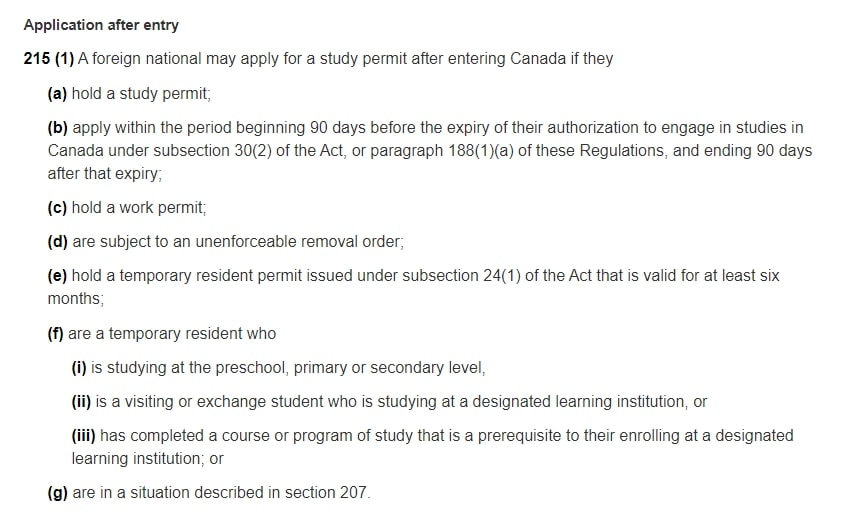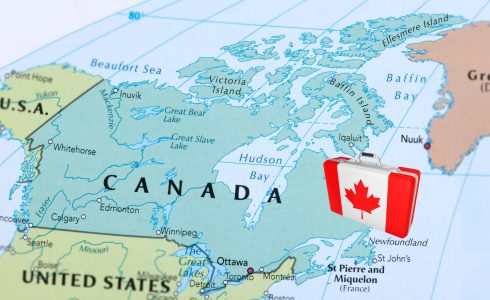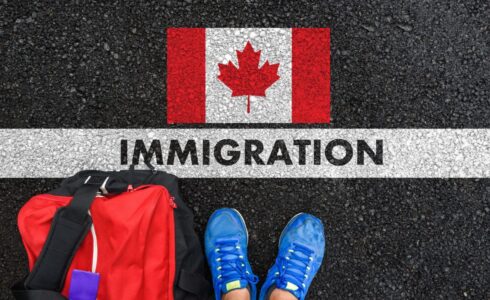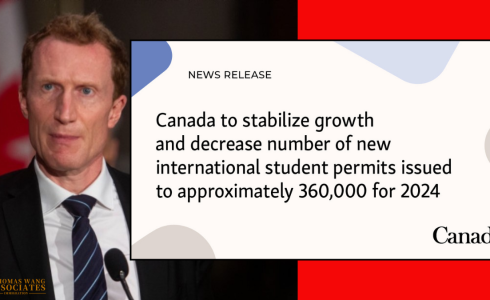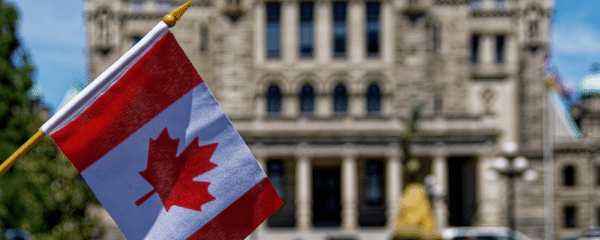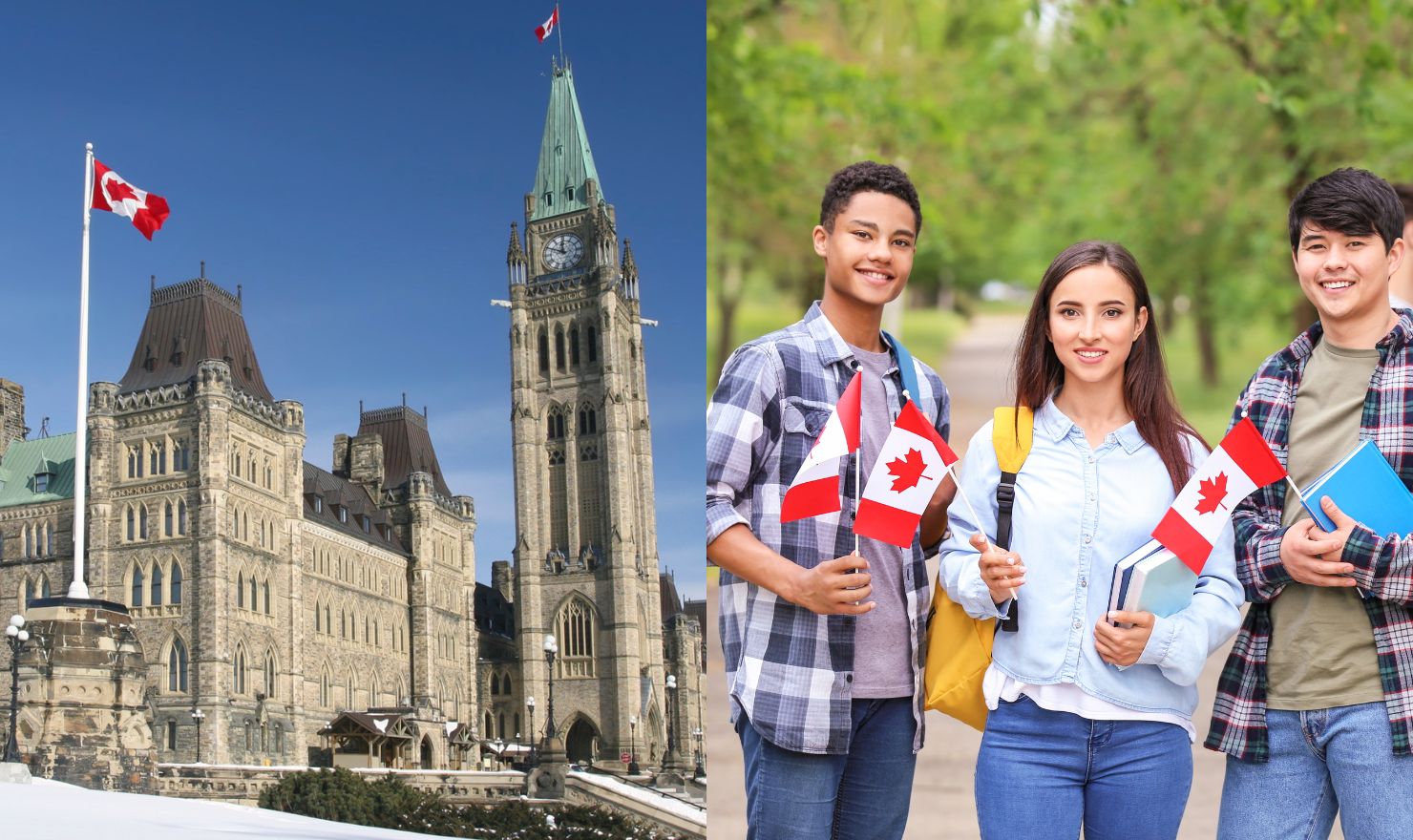
Change Status From Visitor To Study Permit Within Canada
Changing status from visitor to study permit within Canada (Convert Visitor Visa to Study Permit) is a common and popular way to apply for a study permit. But what exactly does changing a visitor visa to a study permit mean? Who is this pathway suitable for? And what are the benefits?
This article will provide a detailed explanation of the application process for changing status inside Canada and showcase successful cases of TWA customers. It aims to help those who are interested in this pathway to learn more about it.
How to change from a Visitor Visa to Study Permit inside Canada?
Changing a tourist visa to a study permit within Canada is one of the ways to apply for a Canadian study permit. Applicants can first apply for a tourist visa, enter Canada as a visitor, apply to a DLI-accredited local school, obtain the Letter of Acceptance (LOA), and then apply for a study permit within the country.
The transfer from a tourist visa to a student visa is in line with Canada’s visa policy. The following are the Canadian government’s requirements for applying for a student visa in the country:
We mainly look at regulation (f). Foreign citizens can apply for a study permit after entering Canada as long as they are temporary residents and:
- is studying at the preschool, primary or secondary level,
- is a visiting or exchange student who is studying at a designated learning institution, or
- has completed a course or program of study that is a prerequisite to their enrolling at a designated learning institution;
The “Visitor Visa to Study Permit” is the third situation mentioned above. Foreign citizens enter Canada as visitors, take a short-term bridging course (pre-course/pre-requisite course), complete the short-term course, and obtain a Letter of Acceptance (LOA) for a course at a Canadian Designated Learning Institution (DLI). After obtaining the LOA, they can apply for a Study Permit in Canada.
Why Choose To Change Visitor Visa to Study Permit Inland?
The advantage of converting a tourist visa to a student visa is that it makes obtaining a Canadian Study Permit easier.
If you apply for a study permit outside of Canada, you may face rejection if you encounter problems with funds, age, family situation, study plan, etc., or if you cannot assure the visa officer that you do not have immigration intentions.
Applying for a traditional study permit has always been difficult. Additionally, if you have a history of refusal, you might need to explore alternative ways to apply for a study permit.
To apply for a Canada Study Permit by changing your Tourist Visa, the fastest application pathway requires one year of Canadian professional courses and one year of Canadian work experience. Moreover, if you use a visitor visa to apply for a study permit in Canada, the application requirements are not as strict as those for overseas applications.
Who is Suitable to Apply for This Pathway?
Who should apply for a tourist visa to a student visa conversion inland?
Older People
This category includes individuals who are not of school age, such as those who graduated more than 2 years ago or are over 25 years old. These individuals may be at risk of being considered “older applicants.” The determination of “non-school age” or “older age” varies among visa officers. Due to their age, older applicants have a higher likelihood of facing rejection when applying for a study permit.
Downgrading
Downgrading means pursuing a lower academic qualification. For example, if you have already obtained a master’s degree in your home country but decide to come to Canada to apply for a diploma certificate, it could be seen as a downgrade. TWA can help customers explain the reasoning behind their decision to pursue a lower academic qualification in their study plan more effectively.
Refusal History
In general, it is challenging for individuals with a history of multiple study permit refusals to overturn the visa officer’s decision. If a study permit application outside Canada is rejected, applying for a study permit as a visitor within Canada may be one of the best options.
If a client has a significant number of study permit refusals in their application history, we will thoroughly review their past study permit applications and documents. Based on this assessment, we will provide tailored immigration advice for each client, including whether the client can apply for the study permit inland as a visitor.
Accompanying Parents
Accompanying parents constitute the largest proportion of applicants in the “visitor-to-student within Canada” program. Some families are aware of this study permit application pathway before arriving in Canada and have planned accordingly, while others start preparing for it after landing in the country. Both approaches are viable, and TWA can assist clients in devising the most suitable plan.
There are several benefits for families or accompanying parents transitioning from a tourist visa to a study permit:
- Parents can take language courses while their children are studying, facilitating faster integration into the local community.
- The spouse may have the opportunity to obtain a work permit, allowing one person to study while the other works, thereby sharing the family’s financial burden.
- Families can enjoy free medical and health insurance from the provincial government.
- When parents enroll in DLI-designated educational institutions, children can receive free education and attend public primary or secondary schools.
Funding Issue
When applying for a study permit directly, the applicant needs to provide various supporting documents, including financial status. Applying for a study permit outside of Canada requires strict requirements on funds, such as a bank deposit certificate of at least 6 months. However, if you apply for a study permit as a visitor in Canada, the applicant only needs to provide a small amount of financial proof within Canada.
Step-by-step Tutorial: Changing Tourist Visa to Study Permit in Canada
The procedure for applying for a Study Permit in Canada as a visitor is as follows:
- Obtain a Canada Visitor Visa.
- Enter Canada as a visitor.
- Apply to a DLI-approved school in Canada for language classes.
- Complete the language courses and receive Letter of Acceptance (LOA) from DLI institutions.
- Submit a Study Permit application in Canada.
For a detailed inland Study Permit application procedure, please contact TWA for a consultation.
Tourist Visa to Study Permit Inland: Success Stories
In 2021, Nikki (pseudonym) and her husband, along with their child on a study permit, arrived in Vancouver, Canada, on tourist visas. They sought TWA for immigration solutions. After conducting a comprehensive evaluation of their family situation, we finalized the plan: the wife would apply for a study permit as a visitor in Canada, enabling her to study, while the husband could obtain a spousal work permit. The entire family would then apply for permanent residency once the husban’’s work experience met the requirements for Canada Permanent Residence.
At that time, the family preferred living in the Greater Vancouver area because it would have been advantageous for the husband to find a job in the Tech industry there. However, he was not proficient in English and lacked advantages in education and age. Although skilled workers under the Tech category can be nominated through the Provincial Nominee Program (PNP) by the Province of British Columbia, his score was not high enough to receive a nomination. To minimize risks and take a safer approach, we suggested that they choose a province with less demanding requirements and competition. After discussing with the client and weighing the pros and cons, they decided to settle in Saskatchewan.
Next, we assisted Nikki in taking a language test. After the evaluation, it became clear that meeting the language admission standards of DLI-accredited public schools within the required time would be challenging for her. Therefore, she enrolled in a language class at a private school approved by DLI. After fulfilling the language class requirements, she successfully applied for the professional course offer at the college and obtained the study permit.
Later, she transferred to a public school in Saskatchewan, and her child was admitted to the local public elementary school for free. Additionally, her husband’s spousal work permit application was successful. The following steps proceeded smoothly according to our plan. Her husband found a job and submitted a provincial nomination after working for half a year. Last month, the whole family successfully obtained Canadian permanent residency.
Visitor Visa to Study Permit: FAQs
How long is the study permit valid when it is converted from a visitor visa?
In the case of changing from a visitor visa to a study permit within Canada, the study permit’s validity period will be determined based on the duration of the course.
After submitting the study permit application, if the 6-month validity period of the tourist visa is about to expire, do I need to leave the country?
No, you do not need to leave the country. Once you submit your study permit application, your residence status will be transferred to Maintained Status until you receive the result of the study permit application.
Is IELTS required for the “visitor-to-student” pathway?
No, you do not need to provide English language proficiency test scores if you complete a short-term English language course in Canada.
How long is the visa valid for the applicant’s children or spouse?
The visa validity period for the children or spouse of the travel transfer applicant is usually the same as the validity period of the applicant’s study permit.

